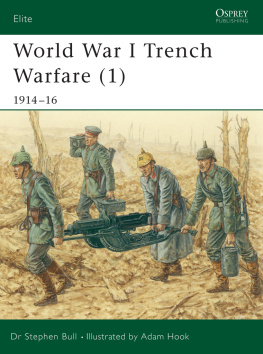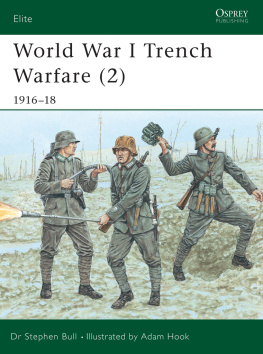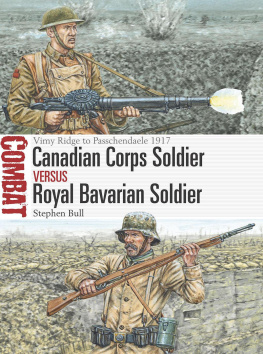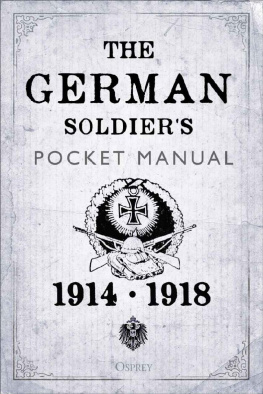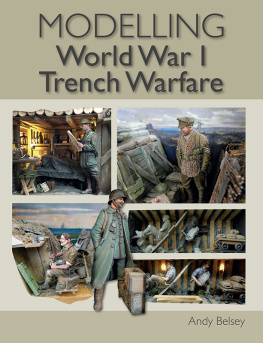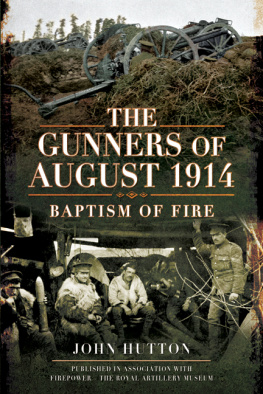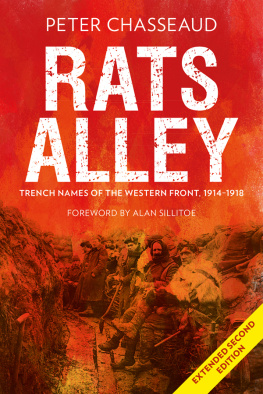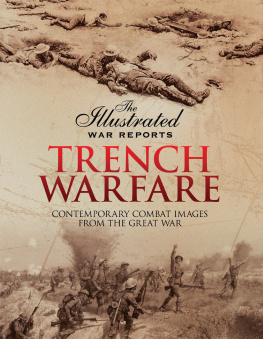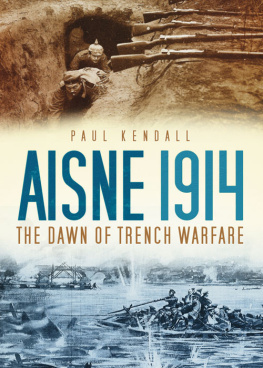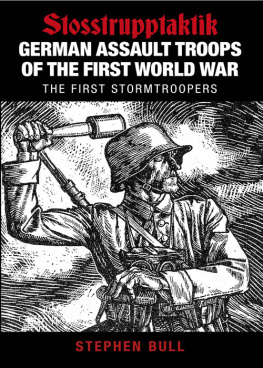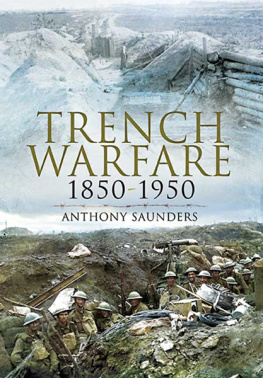
CONTENTS
OSPREY PUBLISHING
Bloomsbury Publishing Plc
Kemp House, Chawley Park, Cumnor Hill, Oxford OX2 9PH, UK
29 Earlsfort Terrace, Dublin 2, Ireland
1385 Broadway, 5th Floor, New York, NY 10018, USA
E-mail:
www.ospreypublishing.com
OSPREY is a trademark of Osprey Publishing Ltd
First published in Great Britain in 2002
This electronic edition published in 2021 by Bloomsbury Publishing Plc
Osprey Publishing Ltd, 2002
All rights reserved
You may not copy, distribute, transmit, reproduce or otherwise make available this publication (or any part of it) in any form, or by any means (including without limitation electronic, digital, optical, mechanical, photocopying, printing, recording or otherwise), without the prior written permission of the publisher. Any person who does any unauthorised act in relation to this publication may be liable to criminal prosecution and civil claims for damages.
A catalogue record for this book is available from the British Library
ISBN: 978-1-8417-6197-8 (PB)
ISBN: 978-1-4728-5253-3 (eBook)
ISBN: 978-1-4728-5254-0 (ePDF)
ISBN: 978-1-4728-5258-8 (XML)
Editor: Martin Windrow
Design: Alan Hamp
Osprey Publishing supports the Woodland Trust, the UKs leading woodland conservation charity.
To find out more about our authors and books visit www.ospreypublishing.com . Here you will find our full range of publications, as well as exclusive online content, details of forthcoming events and the option to sign up for our newsletters. You can also sign up for Osprey membership, which entitles you to a discount on purchases made through the Osprey site and access to our extensive online image archive.
Artists note
Readers may care to note that the original paintings from which the colour plates in this book were prepared are available for private sale. All reproduction copyright whatsoever is retained by the Publishers. All enquiries should be addressed to:
Scorpio Gallery
PO Box 475
Hailsham
East Sussex
BN27 2SL
UK
The Publishers regret that they can enter into no correspondence upon this matter.

French infantryman, November 1915, still awaiting issue of the horizon-blue uniform ordered the previous autumn; judging from his age he may be a reservist. The red kpi is hidden by a low visibility cover of mechanics blue cloth; the red trousers have been replaced with corduroy, probably brown but possibly blue or grey, confined with long puttees. The dark grey/blue M1877 greatcoat is still worn, with M1888/92 leather belt and brace equipment incorporating three cartridge pouches each carrying three to five 8-round packets for the 8mm Lebel M1886/93 rifle a total of between 88 and 120 rounds per man. The Lebels 20.5in-long cruciform needle bayonet looked frightening, but broke easily. (Author'scollection)
TRENCH WARFARE (1) 191416
THE GREAT WAR
THOUGH THE GREAT WAR is rightly remembered as one of the costliest conflicts of history, much of it fought over a comparatively narrow and bloody swathe of France and Flanders, the period 1914 to 1918 was as striking for great change and innovation in the military arts. The outbreak of war saw armies march to battle with a common expectation of a quick resolution, decided by rifles, field guns, cavalry, sweeping manoeuvre and fighting spirit. The traditional, professional and relatively simple virtues of personal leadership, lan and skill at arms were expected to carry the day. Four years later strategy, tactics, and the material of war had altered almost beyond recognition: and society itself had changed with them. Campaigns could now be decided by demography, citizen soldiers, technology, and industrial effort: battles, by a combination of rapid long range bombardments, new small unit tactics, automatic weapons, concrete, and tanks. Individual will to succeed, battlecraft, the empty battlefield, and the ability to accept casualties had changed the very idea of war, bringing into question the concept of an officer class, and prompting many to ask whether this Great War might be the last.
THE ARMIES IN 1914
From the end of the first decade of the 20th century, arms races, imperial ambitions, complex international alliances, Balkan wars, Frances wish for revenge for the humiliations of 187071, and perhaps most importantly Germanys claim for a place in the sun, all conspired to make a major European conflict seem all but inevitable.

